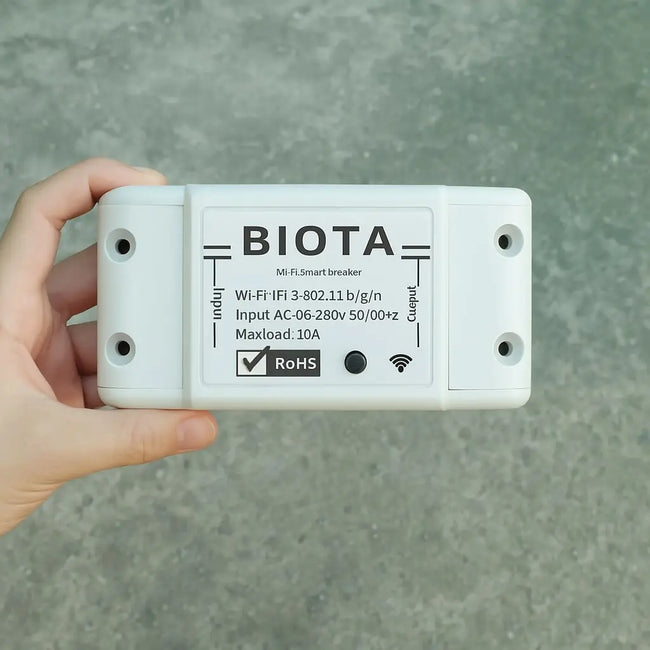A circuit breaker is a vital component in an electrical installation. It acts as a safety device, interrupting the flow of electricity in the event of an abnormal condition such as an overload or short circuit , thereby protecting electrical equipment and preventing fires.
What is a Circuit Breaker and What is its Function?
-
Definition: A circuit breaker is an electrical safety device that automatically cuts off the flow of electricity when the current exceeds the safe limit.
-
Main Functions:
-
Prevent damage due to excessive current or short circuit.
-
Avoid the risk of fire.
-
Easy to reset without needing to replace like a fuse.
-
It can also function as a switch to manually disconnect and connect the current.
What is another name for a circuit breaker?
In local terms, circuit breakers are often referred to as circuit breakers, circuit breakers, or safety switches.
MCB Abbreviation and Explanation
-
MCB stands for Miniature Circuit Breaker
-
Functions and Advantages:
-
Protection against overload and singular cord for low voltage installations (household, office).
-
Can be reset without needing to be replaced, practical compared to fuses
-
It has a thermal mechanism (bimetal plate) for overload and magnetic for short circuit.

Types of Circuit Breakers
1. MCB (Miniature Circuit Breaker)
-
Home and commercial installation use, low current.
-
Capacity up to approximately 125 A, interrupt rating up to ≈18 kA
-
Trip types: Thermal, Magnetic, Hybrid, Electronic, Differential, RCCB (residual-current)
2. MCCB (Moulded Case Circuit Breaker)
-
For larger current requirements (up to 2500 A), suitable for industry.
-
Interrupt rating up to 200 kA.
-
Trip can be adjusted for overload and temperature
3. ACB (Air Circuit Breaker)
-
Used in large distribution panels; the circuit-breaking medium is air.
4. VCB (Vacuum Circuit Breaker)
-
The arc extinguishing medium is a vacuum, common at medium voltages.
5. Oil Circuit Breaker
-
Using oil as an arc extinguisher, widely used in older systems.
6. RCCB / RCD / RCB (Residual Current Circuit Breaker / Device / Breaker)
-
Protects against current leakage to the ground (ground fault), prevents electric shock
7. RCBO (Residual Current Breaker with Overcurrent)
-
Combination of overcurrent (MCB) and leakage current (RCCB) protection in one unit
8. High-Voltage Breakers (SF₆, CO₂, Solid-State, etc.)
-
Examples are SF₆ breakers and CO₂ breakers for high voltage distribution systems.
Electrical breakers are essential components for maintaining the safety of electrical installations. Other terms, such as circuit breaker or safety switch, refer to similar functions. MCBs are the most common type used in households. Other types, such as MCCBs, RCCBs, RCBOs, and high-voltage breakers, are available to meet specific protection needs. Proper selection will improve the safety and efficiency of your electrical system.























